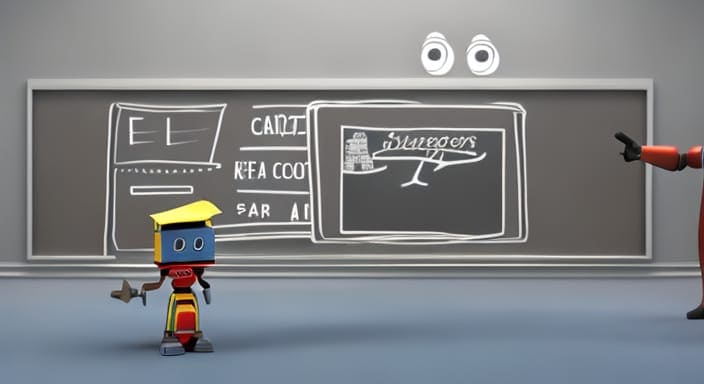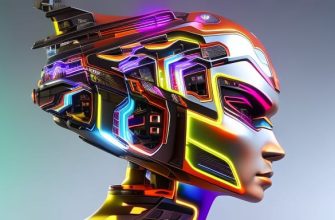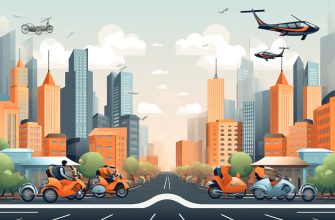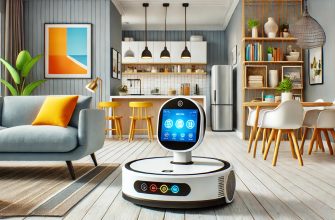Introduction to AI Teaching Assistants in Schools
Artificial intelligence (AI) has been making waves in various industries, from healthcare to finance. But did you know that AI is also transforming education? That’s right – AI teaching assistants are here, and they’re revolutionizing the way students learn.
These AI-powered helpers are designed to support teachers and students in the classroom, providing personalized learning experiences and helping to manage administrative tasks. In this article, we’ll dive into the world of AI teaching assistants, exploring their history, how they work, their benefits, and potential challenges. So buckle up and prepare for a fascinating journey into the future of education!
The Evolution of AI Teaching Assistants
Early AI systems in education
Using AI to enhance education dates back to the 1960s when computer scientists started developing programs to simulate human intelligence. Early AI systems, like the famous ELIZA chatbot, were quite basic but laid the groundwork for more advanced applications in education.
Development of modern AI teaching assistants
Fast forward a few decades, and AI has come a long way. With advancements in Natural Language Processing (NLP) and Machine Learning (ML), AI systems have become more sophisticated and better suited for educational purposes. Modern AI teaching assistants can understand and respond to human language, adapt to individual student needs, and even grade assignments.
Factors driving the adoption of AI teaching assistants in schools
There are several reasons why AI teaching assistants are gaining traction in schools. One major factor is the need for personalized learning – a teaching approach that caters to each student’s unique needs and learning styles. AI teaching assistants can help deliver this kind of tailored education. Additionally, AI can help teachers manage their workload and provide valuable insights into student performance.
How AI Teaching Assistants Work
Natural Language Processing (NLP) and Machine Learning (ML)
AI teaching assistants rely on advanced technologies like NLP and ML to understand and interact with students. NLP enables AI systems to comprehend human language, while ML allows them to learn and improve over time.
Personalized learning and adaptive systems
One of the most significant benefits of AI teaching assistants is their ability to provide personalized learning experiences. They can analyze student data to determine strengths, weaknesses, and learning styles. Using this information, AI teaching assistants can adapt their instruction and resources to best suit each student’s needs, leading to more effective learning.
Integration with existing educational tools
AI teaching assistants can be integrated with various educational tools, such as Learning Management Systems (LMS) and other online platforms. This seamless integration allows AI assistants to access student data and provide personalized support within the existing digital learning environment.
The Benefits of AI Teaching Assistants in Schools
Improved student outcomes
By providing personalized learning experiences and support, AI teaching assistants can help students achieve better academic outcomes. They can identify and address knowledge gaps, allowing students to master concepts more efficiently and effectively.
Time-saving for teachers
AI teaching assistants can alleviate administrative burdens on teachers, such as grading assignments and answering routine questions. This allows teachers to focus more on teaching and fostering meaningful student relationships.
Enhancing inclusivity and accessibility
AI teaching assistants can also make education more inclusive and accessible. For example, they can provide additional support to students with special needs or language barriers, helping to ensure that all students have the opportunity to succeed.
Preparing Students for a technology-driven future
Integrating AI teaching assistants in the classroom can help prepare students for a future where technology is increasingly important. Students can develop valuable skills and familiarity with cutting-edge technologies by engaging with AI systems.
Challenges and Ethical Considerations
Data privacy and security
As with any technology that collects and processes personal data, concerns about data privacy and security are paramount. Schools must ensure that AI teaching assistants comply with data protection regulations and that student information is secure.
Bias and Fairness in AI Systems
AI teaching assistants must be designed to be fair and unbiased in their interactions with students. This requires ongoing monitoring and refinement of AI algorithms to ensure they do not perpetuate or exacerbate existing biases or inequalities.
The role of human teachers in an AI-assisted classroom
While AI teaching assistants can provide valuable support, it’s important to remember that they are not a replacement for human teachers. The best learning outcomes are achieved when AI systems and human educators combine their unique strengths.
Real-World Examples of AI Teaching Assistants in Action
Georgia Tech’s Jill Watson
Jill Watson is a famous AI teaching assistant developed at Georgia Tech. Jill was designed to help answer students’ questions on an online forum, and she was so effective that many students didn’t even realize she was an AI!
Carnegie Mellon’s AI tutoring system
Carnegie Mellon University has developed an AI tutoring system that provides personalized instruction to students in various subjects. This system has been shown to improve student outcomes significantly, demonstrating the potential of AI teaching assistants in education.
Knewton’s adaptive learning platform
Knewton is an AI-powered adaptive learning platform that personalizes course content for each student. By analyzing student performance data, Knewton can tailor instruction and resources to best suit individual needs, resulting in more effective learning.
FAQ: Frequently Asked Questions About AI Teaching Assistants in Schools
Q: Can AI teaching assistants replace human teachers?
A: AI teaching assistants are not intended to replace human teachers. Instead, they are designed to support teachers and students by providing personalized learning experiences and managing administrative tasks.
Q: How can AI teaching assistants help students with special needs?
A: AI teaching assistants can provide additional support to students with special needs by adapting their instruction and resources to suit each student’s unique learning requirements best.
Q: Are AI teaching assistants secure and compliant with data protection regulations?
A: Ensuring the security and compliance of AI teaching assistants is a top priority for schools and developers. AI teaching assistants must adhere to data protection regulations, and schools must implement strict security measures to protect student information.
Q: How do AI teaching assistants adapt to individual student needs?
A: AI teaching assistants use machine learning algorithms to analyze student data, such as performance metrics and learning styles. Based on this analysis, they can adapt their instruction and resources to provide personalized learning experiences tailored to each student’s needs.
Conclusion: The Future of AI Teaching Assistants and Their Impact on Education
AI teaching assistants have the potential to revolutionize education by providing personalized support, improving student outcomes, and helping teachers manage their workloads. As AI technology advances, we can expect to see even more innovative applications in the classroom.
By embracing AI teaching assistants, schools can help prepare students for a technology-driven future and ensure that all learners have the opportunity to succeed.








